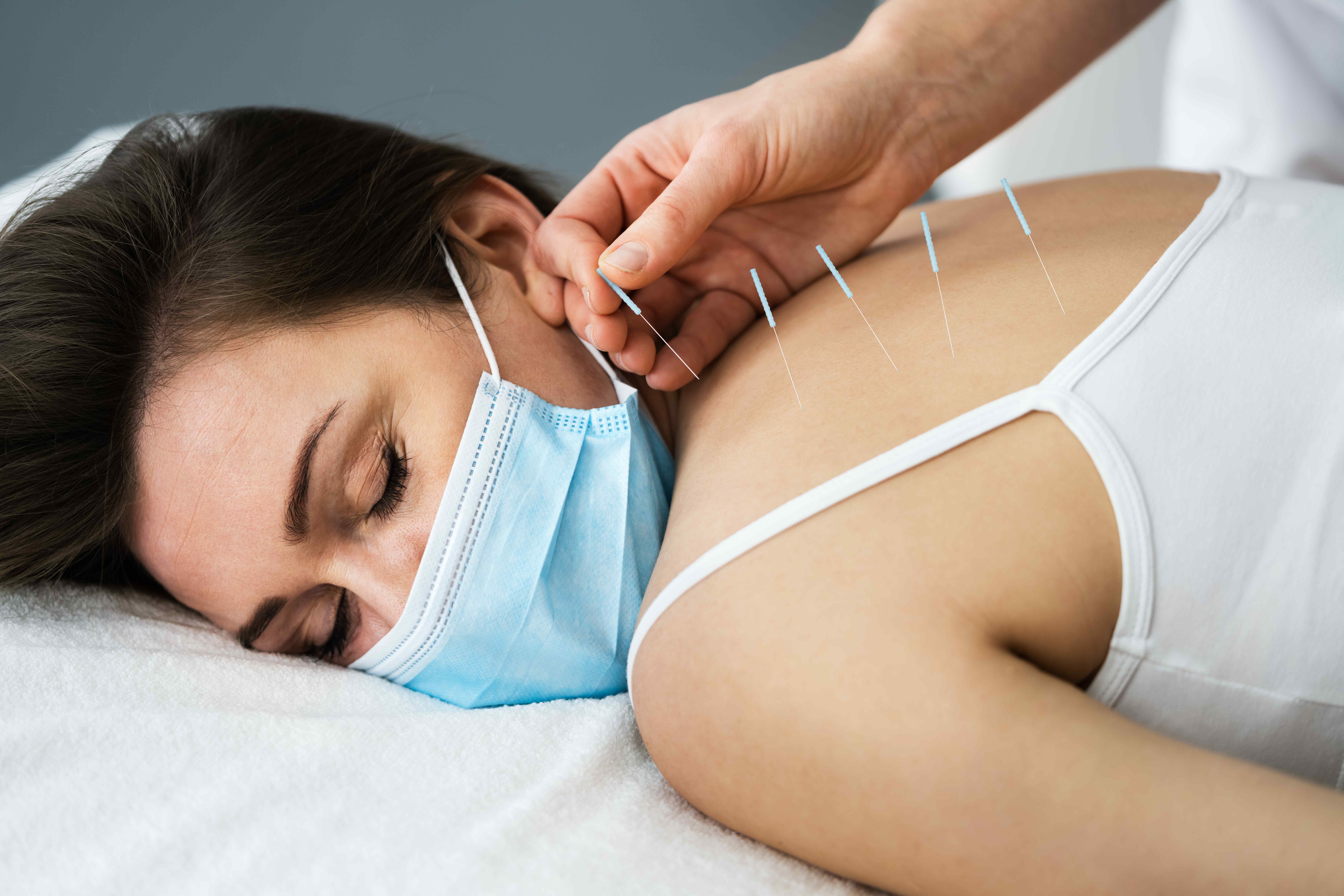In recent years, dry needling has emerged as a sought-after technique for managing pain. If you’re considering whether this approach is right for you, this comprehensive guide aims to address your concerns and provide insights into the effectiveness of dry needling in pain management.
Exploring the Sensation: Does Dry Needling Cause Pain?
Utilizing ultra-thin needles, dry needling typically offers a painless experience. These needles, eight times thinner than those used for vaccinations, aim to minimize discomfort. While certain areas may exhibit increased sensitivity, the overall discomfort is usually comparable to existing symptoms.
Post-Treatment Wellness: Can Dry Needling Induce Fatigue?
In rare instances (1-3%), some individuals may experience post-treatment drowsiness, tiredness, or dizziness. If you encounter these effects, it’s advisable to refrain from driving until you feel back to your baseline.
Clinical Efficacy of Dry Needling: A Tool for Managing Chronic Pain
From a clinical perspective, dry needling has emerged as a valuable tool, particularly for individuals dealing with persistent muscle tightness. Research consistently supports its effectiveness in alleviating pain, muscle spasms, and tightness by targeting specific trigger points within the muscles.
Deciphering the Differences: Dry Needling vs. Acupuncture
While acupuncture focuses on manipulating the flow of energy (“Qi”) along traditional Chinese meridians, dry needling takes an anatomy-specific approach. It involves the direct insertion of needles into tight muscles, distinguishing it from the energy-centric philosophy of acupuncture.
Durability of Relief: How Long Do the Benefits of Dry Needling Last?
The duration of relief post-dry needling varies from person to person. Initial treatments may offer relief for several days, with subsequent sessions aiming to extend this relief window.
Onset of Action: How Quickly Does Dry Needling Work?
While some soreness may follow a dry needling session, noticeable improvements often occur within 24-48 hours. As sessions progress, post-treatment soreness tends to decrease, and results become more apparent.
Tailoring the Treatment: How Many Dry Needling Sessions Do You Need?
Acute pain may respond to a single session, while chronic conditions may require multiple treatments. A personalized plan is usually initiated at one session per week, with adjustments made based on individual responses.
Time Investment: Understanding the Duration of a Dry Needling Session
A standalone dry needling session typically lasts around 30 minutes, ensuring a focused and efficient approach to pain management.
Dress Code for Comfort: What to Wear to a Dry Needling Session
Opting for loose-fitting clothes enhances both accessibility and comfort during a dry needling session. Shorts are recommended for targeting leg muscles, while loose-fitting pants facilitate access to the muscles of the low back and hips.
Safety First: Dispelling Concerns About Dry Needling
With serious side effects occurring in less than 0.01% of treatments, dry needling is considered a safe intervention. Therapists, certified experts with additional training in anatomy, prioritize safety to minimize associated risks.
Navigating Costs: Understanding the Expense of Dry Needling
Cost considerations depend on your insurance plan, which will be discussed and outlined before your session. For those opting for self-pay, sessions are available at a rate of $65 each.
Versatility of Application: What Conditions Does Dry Needling Address?
Dry needling is a versatile approach for managing various musculoskeletal conditions, including neck pain, back pain, tendonitis, headaches, and more. Your therapist will guide you during the first session to assess its suitability for your specific symptoms.
Universal Benefits: Who Can Benefit from Dry Needling?
From athletes aiming to recover from injuries to individuals involved in motor vehicle accidents, anyone experiencing pain can potentially benefit from dry needling. For those unsure about its suitability, reaching out to the office for personalized information is encouraged.
As the popularity of dry needling continues to rise in the realm of pain management, this guide aims to offer a refreshed perspective on the technique. By addressing common queries and providing valuable insights, we strive to empower you with the knowledge needed to make informed decisions about integrating dry needling into your pain relief strategy. Always consult with your healthcare professional to determine the most suitable approach for your unique needs.

